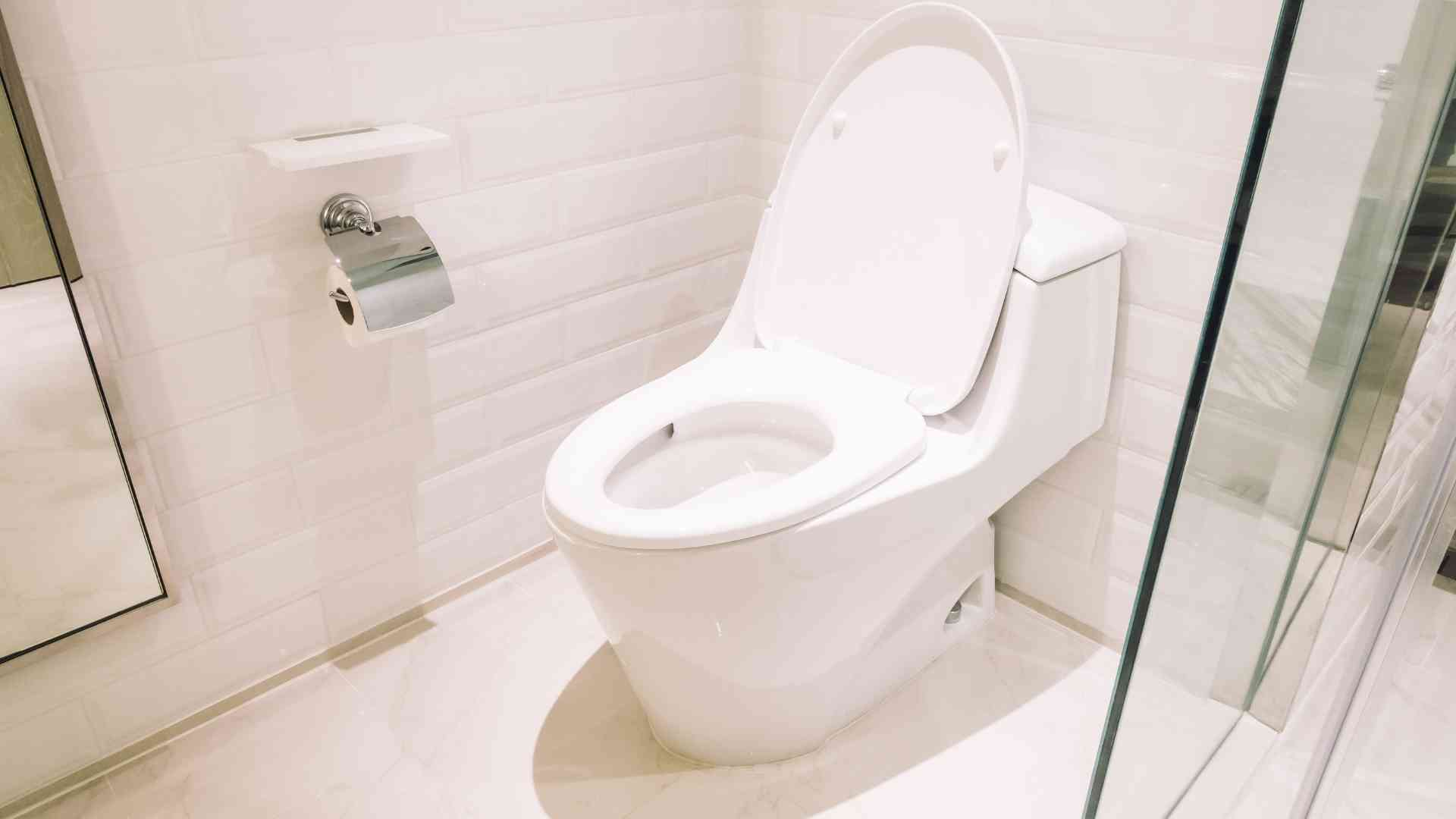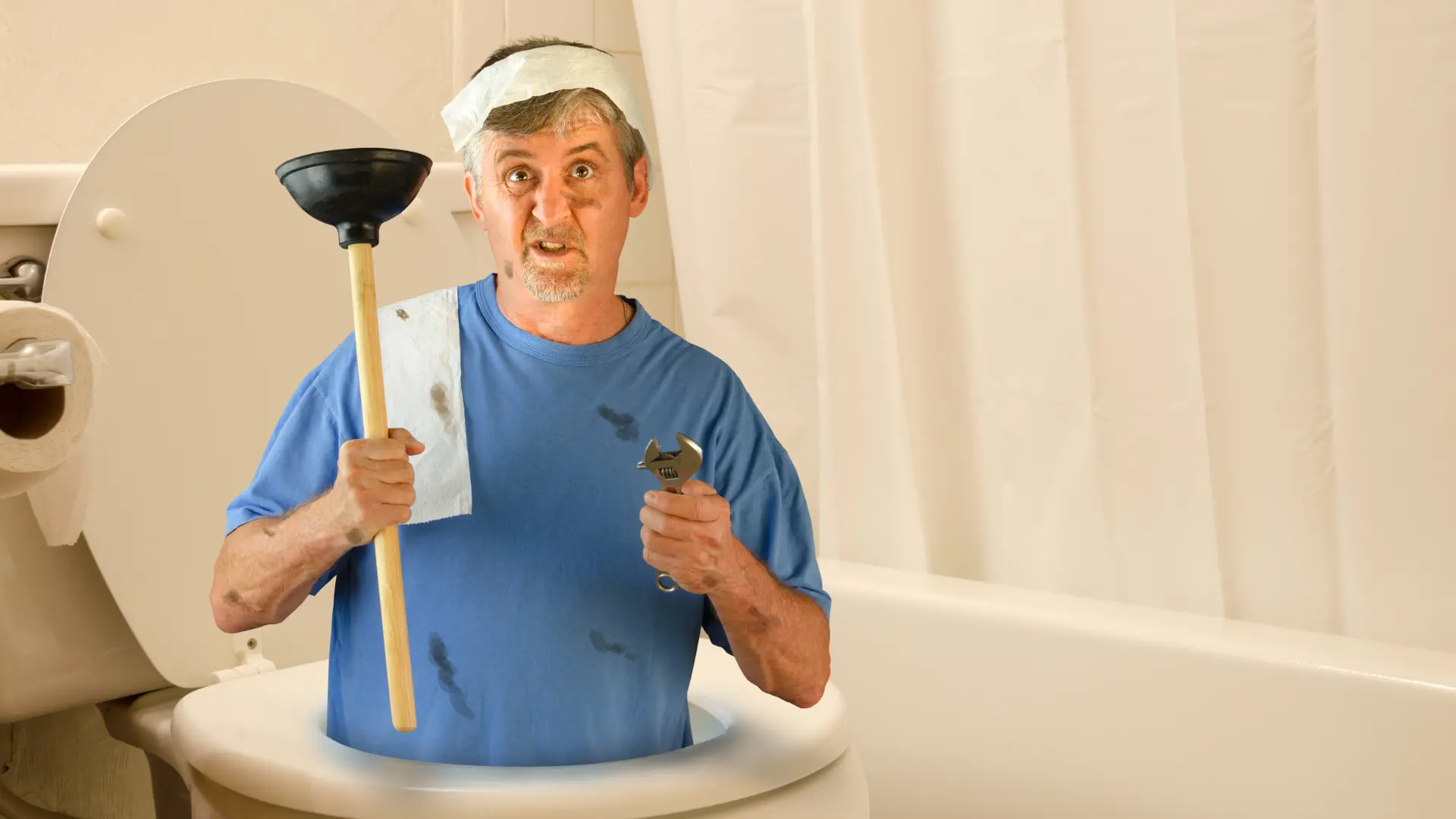PLUMBER TO FIX RUNNING TOILET NEAR ME
Professional plumbers to fix a running toilet at your home or business
Stop unnecessary water waste today.
Get a 100% free quote now! 👇
- Fast, friendly service
- Top Rated
- Reasonable Pricing
By submitting this form you agree to terms & TCPA compliance
4.9 / 5 stars (1,552 reviews)
Stop that running toilet today.
Year round commercial and residential plumbing services

Running Toilet
Tired of your running toilet wasting water and costing you money? Give us a call or get a quote online and we'll take care of it ASAP!
Got a running toilet? It's time to bring in the professionals.
Fix that running toilet and start feeling comfortable in your home again.
Get a 100% free quote now! 👇
- Fast, friendly service
- Top Rated
- Reasonable Pricing
By submitting this form you agree to terms & TCPA compliance
4.9 / 5 stars (1,552 reviews)
Fix your running toilet today!
The basic principles of how a toilet functions have not changed over the past 80+ year.
After flushing, water is poured into the tank.
A float lifts and turns off the water when it reaches a certain level.
A lever opens a flapper, which falls back into position when the water level drops.
We shouldn’t be surprised to face occasional toilet repair. Sometimes the flush is weak, the toilet won’t stop running, or the bowl won’t refill.
A toilet that is constantly running can waste up to 200 gallons per day. This means that a regular running toilet can waste more than 6,000 gallons of water per month, which could be equivalent to $70. You can certainly find other uses for this money.
It is good to know that many of these problems can be solved without having to replace the toilet.
The three steps below can be completed in less than five minutes. This will resolve most problems.
The fourth step may seem simple, but it is not always. This will be covered in a moment.
These steps work with most toilets except pressure-assist models.
Step 1 – Check the toilet fill tube
Take off the tank lid to fix toilet overflow tube issues. Find the fill tube which is a flexible tube that runs from the fill valve to your toilet overflow tube. This tube is used for filling the tank with water after a flush. If the tube falls or the water stream does not reach the overflow tube, the bowl will not be filled.
If needed, reattach the fill tube to your fill valve. Then make sure the fill tube is around 1 inch above the overflow tube. The overflow tube will be filled by the fill tube. Flush the toilet to ensure water flows down the overflow tube.
Step 2 – Adjust the fill height via the float
The tank’s water level is controlled by an adjustable float. A float that is set too low will result in a weak flush. A float that is set to high will cause water to spill into the overflow tube and the fill valve will not close, causing a running toilet.
To make sure your float is adjusted properly first look for the fill mark on the inside of the tank.
Next, flush your toilet. You can check if the water stops at the fill mark. If not, adjust the tank float. For older toilets, you will need to bend the brass rod that connects to the tank float ball. With modern toilets, you can either turn a screw or slide a clip along a rod to adjust the float. Flush the toilet after each adjustment. Keep adjusting the float until the water level reaches the desired level.
The C.L (critical level) is marked on the fill valve. Make sure the water level is at least one inch below the C.L.
Sometimes the fill valve will not shut off properly. This usually means it is defective. If this happens, you will need to buy a replacement valve. The new valve doesn’t have to match the old one exactly. Most valves will work with any standard sized toilet.
Turn off the water supply to the tank and replace the valve. This should only take you about 15 minutes to swap out the valve.
Step 3 – Adjust flapper chain
If the flapper chain is too short or tangled, the flapper will not close all the way. The bowl will continue to leak water.
If the flapper chain is too long it won’t allow the flapper to open wide enough to flush the entire tank. You will need to hold the lever in order to get a good flush.
To get the proper chain length, adjust the linkage so that there is just a little bit of slack while the flapper is tightly closed. Reduce the chance of tangles by removing any excess chain.
Step 4 – Replace the toilet flapper
If you are unable to stop the toilet from running after following these steps, it is likely that your flapper has worn out. First, turn off the water supply and then remove the flapper. It should not be difficult to remove the flapper.
A new flapper can be purchased at any hardware store in your area. These flappers are extremely affordable.
You might not find the perfect match. There are many styles of flappers available. You may have 15 to 20 choices. Packages may include specific model or brand information. If you cannot locate the flapper for your exact make and model, just buy a universal flapper.
Install the new flapper and make sure it opens and closes freely. You may have a loose seal if the toilet continues leaking continuously. If needed, try an alternate flapper.
When is it best to call a plumber?
If the toilet continues to run after you’ve completed the above steps, it might be time to call a plumber. A plumber will be able to diagnose the problem quickly and fix it.
What is the average cost of a plumber to fix a running toilet?
Repairing a running toilet can cost anywhere from $100 to $400. The cost of repairing a running toilet will depend on your location and the materials used.
Do you need a plumber to fix a running toilet in your bathroom?
Your water bill is increasing every day that you leave the toilet running. It is a good idea to call a plumber immediately if you are unable to solve the problem.


